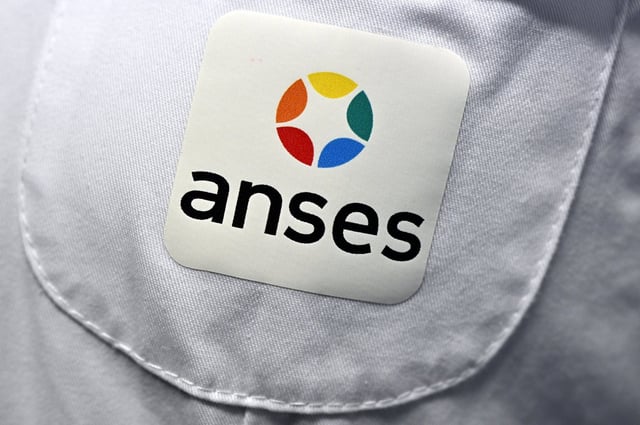Overview
- France’s health agency Anses on October 2 published a risk assessment finding octocrylene persistent and bioaccumulative with unacceptable hazards to aquatic species and impacts on terrestrial organisms.
- Anses proposed a drastic cut to allowed concentrations under EU chemical rules, a level that would render the UV filter ineffective in formulations and in practice remove many products without imposing an outright ban.
- Octocrylene use in Europe is estimated at about 1,500 tonnes annually and it appears in roughly 30% of sunscreen products, entering waters via household wastewater, sewage sludge applied to soils, and direct release during bathing.
- The agency flagged possible thyroid and reproductive toxicity and a potential endocrine‑disrupting profile for humans but said required industry data were not provided to complete that evaluation.
- ECHA has opened a public consultation through March 24, 2026, with committee opinions expected in September 2026 and a potential European Commission decision in 2027, as Anses estimates moderate transition costs of about €39 million per year with feasible alternatives.

